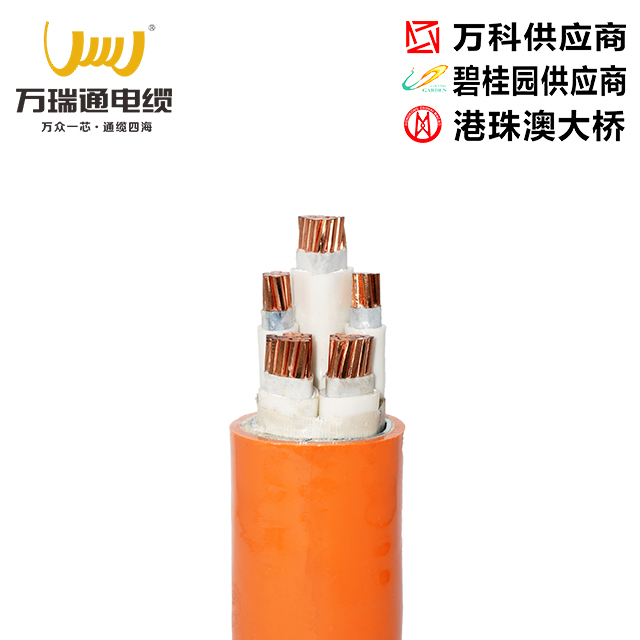Cables are an indispensable and important component of modern power transmission and control systems, and they come in a wide variety of varieties with different performances. This article will comprehensively introduce cable products from four aspects: cable type, structure, technical characteristics and application scenarios, to help customers understand and correctly choose the cable they need.

The main types of cables
Depending on the use and structure, cables can be divided into the following categories:
- Power Cables:
It is used for the transmission and distribution of electric energy, common models such as YJV, VV, etc.
- Low-voltage cable (0.6/1kV): suitable for daily power supply and industrial power grid.
-Medium voltage cable (3~35kV): mostly used for high-power power supply in industrial and power facilities.
- High-voltage cables (110kV and above): used for long-distance power transmission.
- Control cables:
It is mainly used for signal transmission and equipment control of power system, common models such as KVV, KVVP.
-Features: Stable signal transmission and anti-interference ability.
- Communication cables:
Including shielded communication cables, optical cables, data transmission cables, common models such as RVVP, CAT5e.
-Features: Fast signal transmission rate, suitable for network and communication engineering.
-Special Cables:
Including high-temperature resistant cables, fire-resistant cables, waterproof cables, marine cables, etc., for specific environmental needs.
cableproducts.webp
The basic structure of the cable
A cable is made up of several parts, each of which determines its performance and application scenario:
-Conductor:
- Material: copper or aluminum. Copper conductors have excellent electrical conductivity, while aluminum conductors are lightweight and low-cost.
- Form: single-core, multi-core, multi-strand stranded. Stranded conductors are more flexible and suitable for mobile scenarios.
- Insulation:
-Materials: PVC, XLPE (cross-linked polyethylene), PE, etc. XLPE insulation has excellent heat resistance and insulating properties.
-Function: Prevent short circuit between conductors and ensure the safe operation of the cable.
- Shielding (optional):
- Material: copper mesh, aluminum foil, etc. It is used to prevent external electromagnetic interference, and is commonly found in control cables and communication cables.
-Sheath layer:
- Material: PVC, rubber, PE, etc. Provide external protection, abrasion, corrosion resistance, waterproofing.
-Armor layer (optional):
- Material: steel strip, steel wire. It is mainly used to enhance mechanical strength, and is suitable for underground or complex construction environments.
Technical characteristics of the cable
- Electrical properties of the cable:
- Conductivity: High quality copper conductor has low resistance and reduces energy consumption.
-Insulation performance: high-quality insulating materials are resistant to high temperature and aging, ensuring long-term safe operation.
-Anti-interference ability: Shielded cable can effectively reduce electromagnetic interference, suitable for signal transmission or complex environment.
- Durability: fire-resistant cables can maintain power supply in the event of a fire; The high-temperature cable can withstand the high temperature environment above 200°C.
- Flexibility: Suitable for mobile use of cables such as RVV, excellent bending performance, suitable for dynamic scenes.
Application scenarios of cables
Different types of cables are suitable for various scenarios, and their selection needs to be based on actual needs:
- Household electricity:
Commonly used BV, BVR and other cables, used for sockets, lighting, air conditioners, etc
+86 136-3137-9141
email:
wanruitong8@gmail.com




